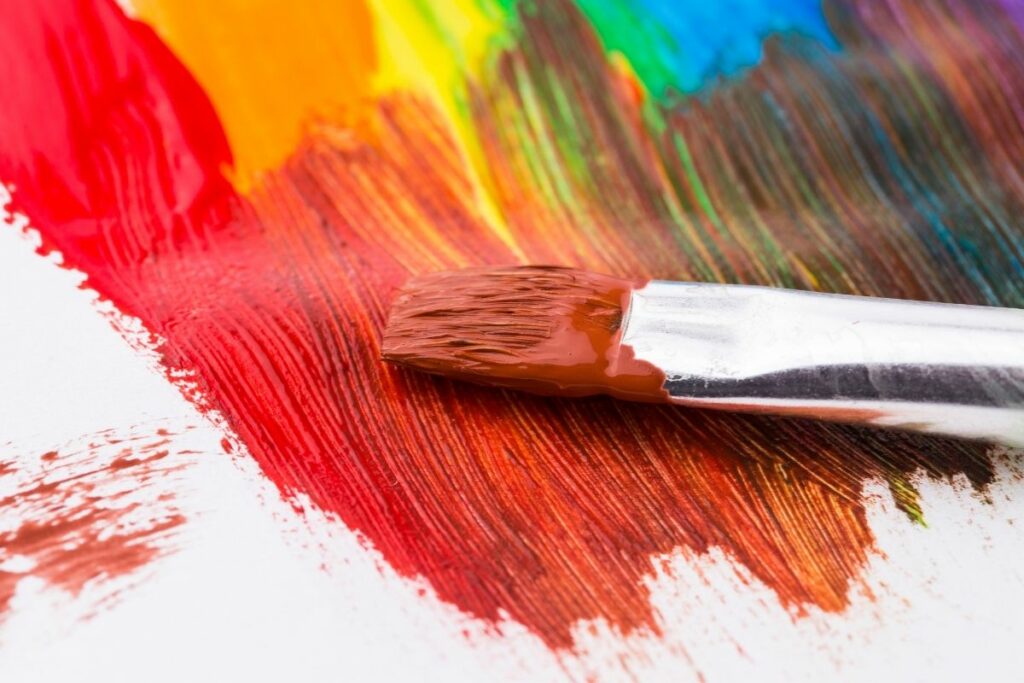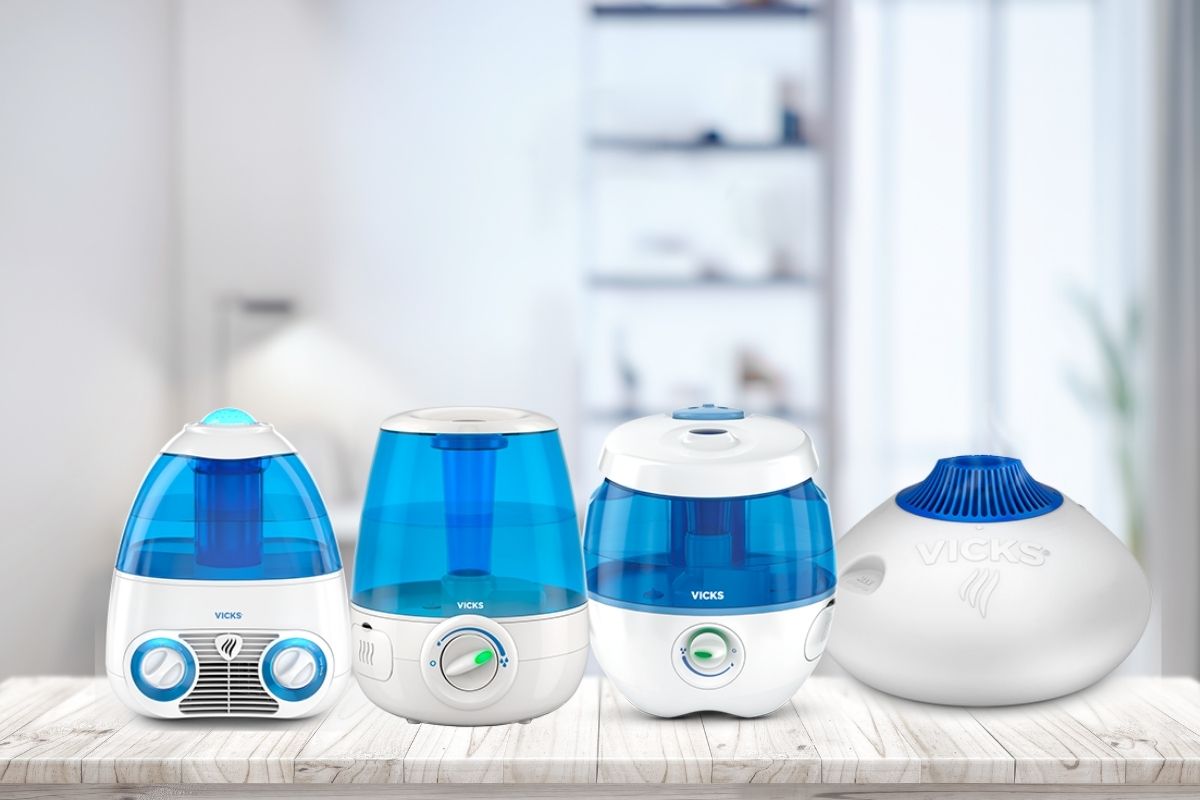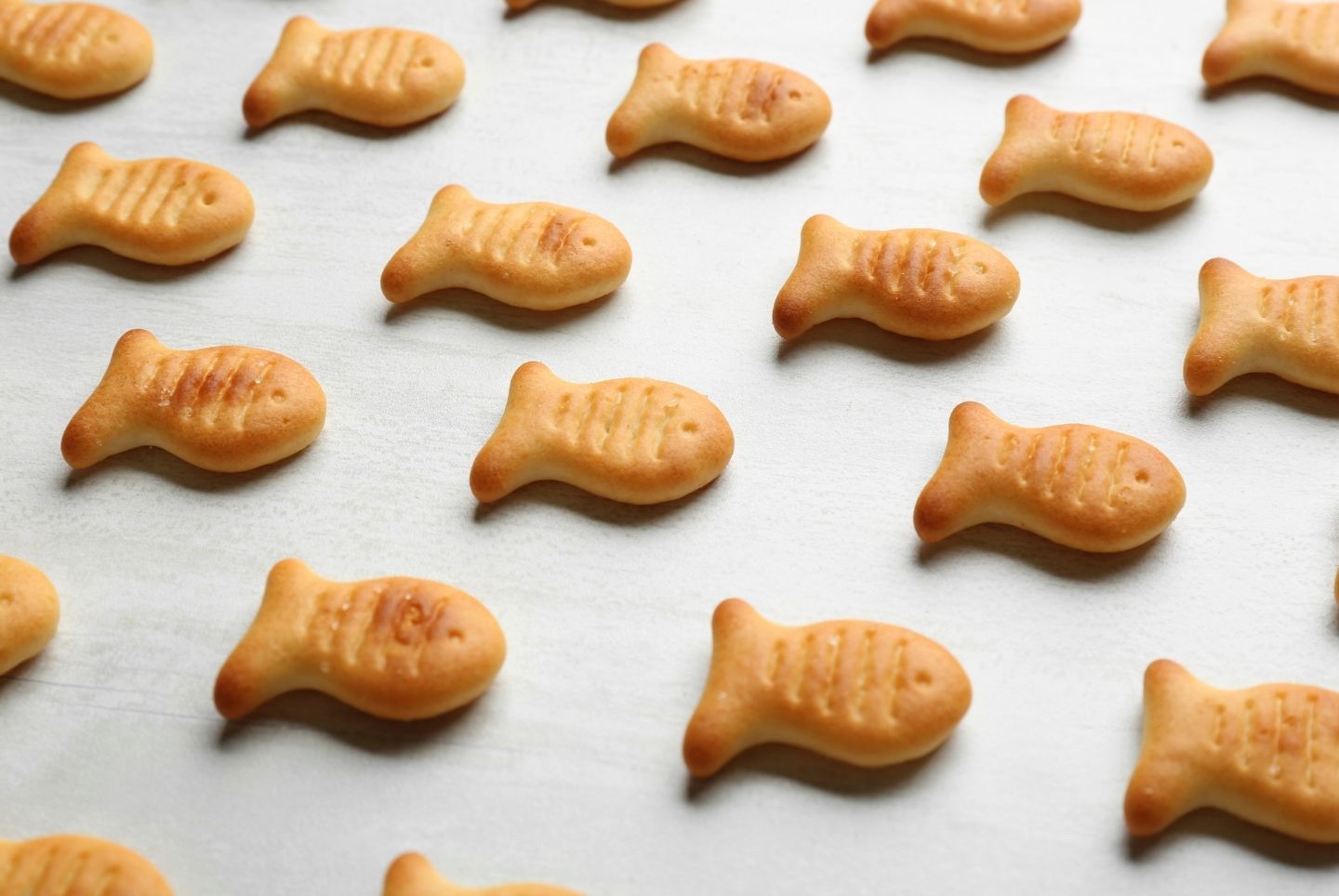Cleaning your paintbrushes after each painting session is essential because it is the only way to ensure that you are not introducing various types of bacteria into subsequent mixes. Most artists find that their paint quality becomes mysteriously inconsistent over time, even when meticulous about choosing colors and mixing before painting. This problem is almost always solved by recommissioning the paintbrushes and cleaning them properly between sessions.

Here are proven methods on how to clean acrylic paintbrushes.
# 1: Use detergent or mild soap solution
There are several different types of commercial brush cleaners available on the market today. The choice of cleaner should be based on the type of paintbrush being used, as specific brushes may or may not be able to endure a harsh dishwashing liquid. Still, many artists prefer to use a simple dishwashing liquid such as Dawn or Palmolive to clean their acrylic paints from brushes. For this purpose, either type suffices fine.
# 2: Rinse your acrylic paintbrush until the water is clear
Once you have finished cleaning your brushes, rinse them in warm running water until all the soap has been removed from both sides. When all traces of soap and color have been washed away (some people like to add a small amount of white vinegar to the rinse water), squeeze bristles between your fingers and thumb until all excess water has been removed. For this to happen, you should keep rinsing and squeezing as long as there are still traces of paint coming from the tip. The bristles should separate easily without any effort during this process. If they don’t, you haven’t rinsed long enough and will need to go back and try again.
# 3: Blow-dry the acrylic paintbrush (or let it air dry)
Once you have finished rinsing, hold the paintbrush over a sink and blow gently through the tip until all water droplets are gone. If you don’t own an air compressor or can’t find a replacement for one in a pinch, pat all sides of the bristles with a towel and set them aside to let them dry naturally. As long as they have enough time to dry before being used again completely, this is just as good as drying them under pressure from an air compressor.
# 4: Store your clean acrylic paint brushes in a jar or can with small holes
When you are finished with the washing process, store your paintbrushes in an open container (such as a coffee can) and let them dry completely. Be sure to poke several holes into the container’s lid before doing so; this allows air to circulate through the bristles and speeds up the drying time. If you don’t want to place holes in your storage vessel, consider using paper towel sheets instead (or even regular toilet paper). Layering these types of materials will also help speed up drying time and keep dust off of your bristles while they remain unattended overnight.
# 5: Start over if you discover hair stuck together after cleaning the brush
If you find that your paintbrush hairs have become stuck together, then you will need to start over from the beginning. For water to properly clean bristles, they must not stick together as a unit. If they stick together after washing, consider using a hairdryer for an hour to thaw them out and speed up the drying process.
# 6: If you can’t use it right away, store it upright with no water inside
If you cannot completely clean and dry your acrylic paint brushes immediately after finishing your painting session (or don’t feel like doing so), then simply store them upright with no water left inside at all. This reduces the risk of mold forming on top of any existing residue and prevents bristles from falling out while you rest.
# 7: Soak brushes overnight in water with dishwashing liquid
The same process goes for acrylic paint dried on bristles or allowed to cake up after a long drying period. If this happens, then the following steps will help clean your brush effectively. First, use a paper towel to remove as much of the dried acrylic paint from both sides of the bristles as possible without actually washing away all residue. After doing so, soak the entire head of bristles in a container full of warm water and a small amount of dishwashing liquid for an hour or two before going back to use them again. The time for this cleaning can vary depending on what type of paint was used in the session.
# 8: Get rid of stubborn stains by boiling the brush head in water with dishwashing liquid
If your bristles are heavily stained, then you may want to boil them to get rid of all kinds of unsightly spots. Fill a small saucepan or stockpot with enough water for your entire paintbrush to be submerged and bring it to boil over medium heat. Once there, add about 1/4 cup (roughly 60 milliliters) of dishwasher detergent to the mix and let it boil for 10 minutes before removing from heat. After that time has passed, carefully remove the paintbrush head from the container without burning yourself or spilling hot suds on any surrounding surfaces. Allow the bristles to air dry for at least another hour and a half before using them again.
# 9: Clean acrylic paint out of brushes with shampoo or baby oil and mineral spirits
As was mentioned earlier, it is best to clean acrylic paint out of brushes immediately after finishing a painting session. If you don’t have any dishwashing liquid on hand, consider trying other cleaning products instead, such as shampoo or baby oil mixed with a few mineral spirits. Pour about 1/4 cup (roughly 60 milliliters) of either one into a container large enough to hold your entire paintbrush head and add several drops of water, if necessary. Soak your bristles in this mixture overnight before removing them from the liquid and allowing them time to dry completely over the next 12 hours or so.
# 10: Replace water with rubbing alcohol if you plan on using your brush within 24 hours
If you cannot thoroughly clean your paintbrush when it is finished being used, simply soak its head in a container full of rubbing alcohol instead. This will kill any germs or bacteria that might be living on the bristles at this point and help dry them up quickly. After about an hour or so, shake out as much of the remaining liquid as possible before storing away until the next use. Replacing water with rubbing alcohol two times per day is sufficient enough to keep paint brushes germ-free for up to 24 hours after use. You are doing so longer than that is not recommended and may damage the bristles.
It’s important to note that if you don’t clean your paintbrushes regularly, they can become clogged up, which leads to bristles falling out of the brush or becoming misshapen after use. This means less control over painting strokes because fewer bristles are left on the brush head for color application. Cleaning them periodically also helps maintain their durability by preventing rust from forming in places like where the metal ferrule meets the handle (where it attaches).
Related posts
-
50 Foods To Buy On A Budget

When you are on a low income and have a frugal budget when it comes to buying food, there are still delicious foods to buy on a budget. On this page, we are going to take a look at the top 50 foods that you can buy when you are shopping on a budget. 50…
-
How To Clean A Vicks Humidifier – A Comprehensive Guide

If you’re looking for how to clean a Vicks humidifier, you’ve come to the right place. The most important thing in keeping your house healthy is using an efficient humidifier. The tips below will teach how to clean Vicks humidifier and maintain it. These steps are also beneficial with other types of cool mist humidifiers.…
-
Can I feed my Goldfish crackers?

If you are wondering, “can goldfish eat crackers?” you have come to the right place! Goldfish are bright, inquisitive creatures that are often kept as pets. Unfortunately, not all of us have developed a life plan by the time we are old enough to own goldfish. This leads many people down a dark path of…
